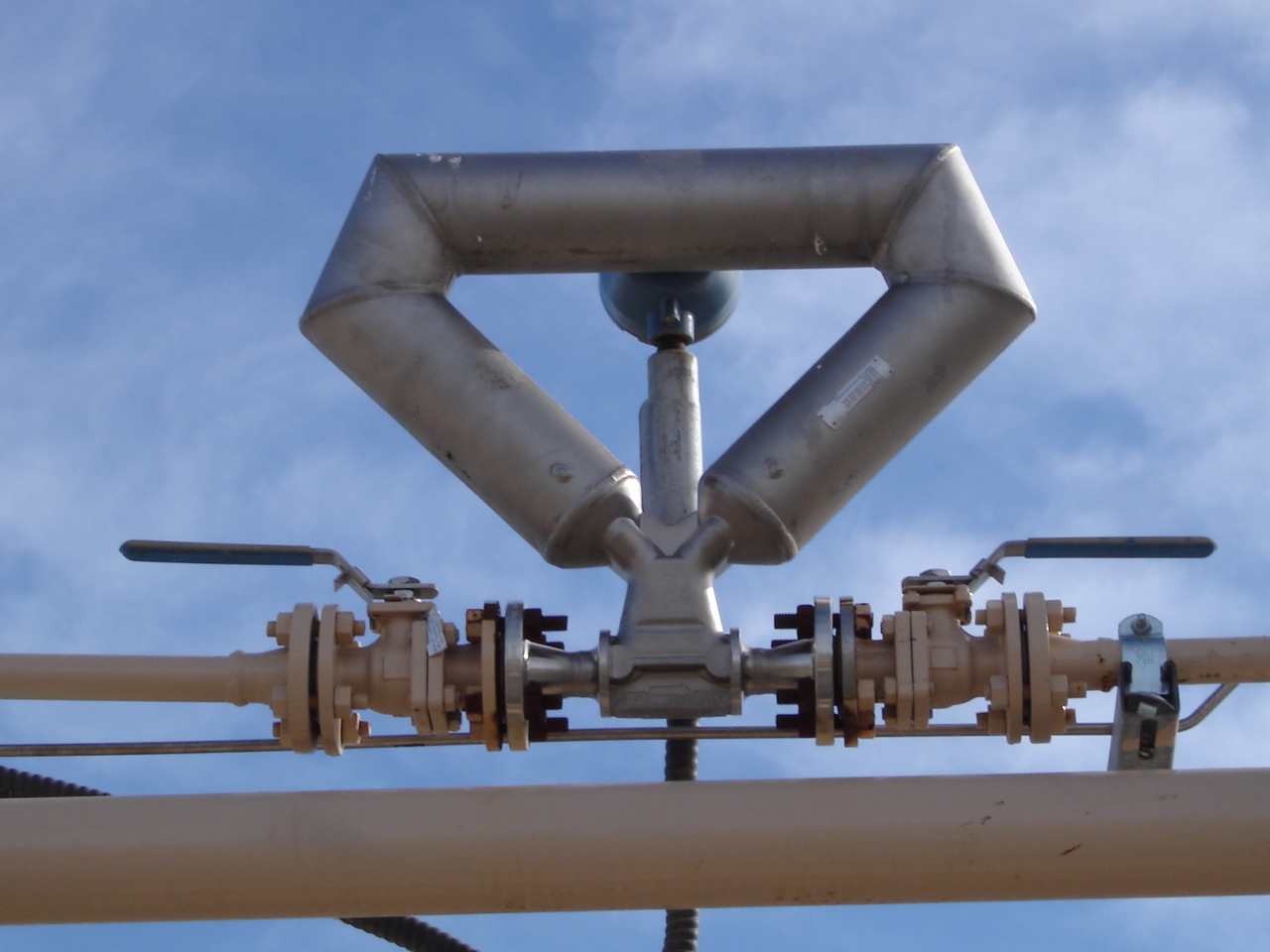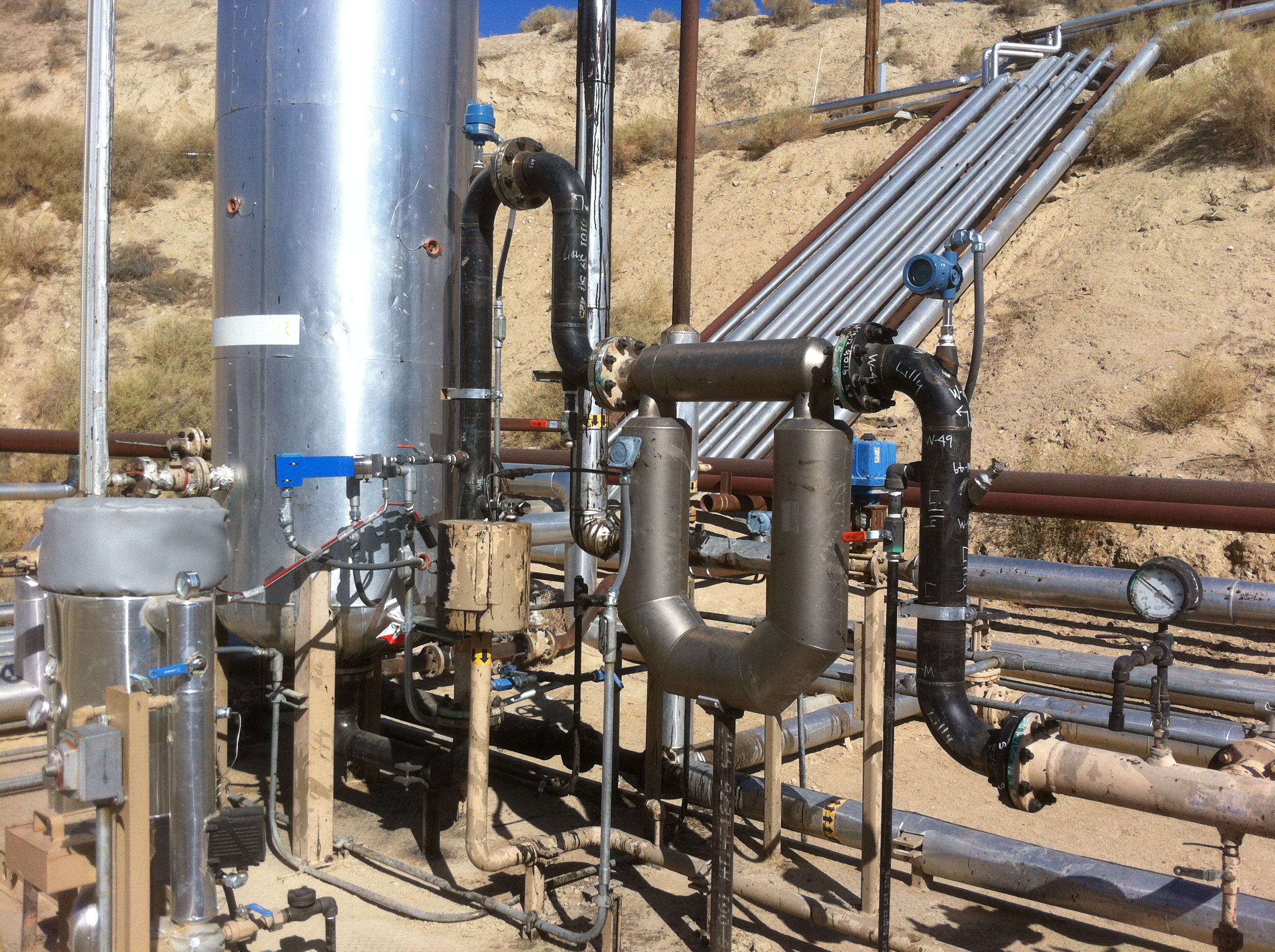Coriolis flow meter, also called Coriolis mass flow meter, an advanced flow measurement device designed to directly measure the mass flow rate of a fluid, whether it be a liquid, gas, or slurry. Its operation relies on the Coriolis effect, where the meter's internal tubes are vibrated at their natural frequency. As fluid flows through these vibrating tubes, the inertial forces cause a subtle twisting motion, resulting in a measurable phase shift in the tube's vibration. This phase shift is directly proportional to the mass flow rate, providing a highly accurate and reliable measurement that is uniquely independent of fluid properties such as density, temperature, pressure, or viscosity. Furthermore, by monitoring the resonant frequency of the vibrating tubes, Coriolis meters can also simultaneously determine the fluid's density and temperature, offering a comprehensive multi-variable output from a single instrument. Due to their exceptional accuracy, versatility, and insensitivity to changing process conditions, Coriolis meters are widely employed in critical industrial applications across sectors like oil and gas, chemical processing, food and beverage, and pharmaceuticals, where precise mass flow measurement is paramount for quality control, process optimization, and custody transfer.





How The Coriolis Effect Works
Vibrating Tubes - Inside the Coriolis meter, there are typically one or two parallel tubes through which the process fluid flows. A drive coil causes these tubes to oscillate or vibrate continuously at their natural resonant frequency.
Twisting Motion - When fluid flows through these vibrating tubes, it experiences the Coriolis force. As the fluid accelerates towards the point of peak vibration and then decelerates as it moves away, it exerts a twisting force on the tubes.
Phase Shift Measurement - This twisting motion causes a slight, measurable phase shift (a time delay) in the vibration of the tubes between the inlet and outlet. The magnitude of this phase shift is directly proportional to the mass flow rate of the fluid.
Density Measurement - The natural resonant frequency of the vibrating tubes is also affected by the density of the fluid. Denser fluids cause the tubes to vibrate at a lower frequency. By measuring this frequency, the meter can also determine the fluid's density.
Multi-variable Measurement - Because Coriolis meters measure both phase shift and resonant frequency, they can simultaneously provide direct measurements of mass flow rate, density, and temperature. From these primary measurements, other values like volume flow rate can be calculated.
Key Advantages about Coriolis Meter
Direct Mass Flow Measurement - This is the most significant advantage, as mass is not affected by changes in temperature, pressure, or fluid composition, leading to highly accurate and repeatable measurements.
High Accuracy - Coriolis meters are known for their exceptional accuracy, often within \(\pm\)0.1% for liquids.
Insensitivity to Fluid Properties - They are not affected by variations in density, viscosity, temperature, or pressure, making them suitable for a wide range of fluids and changing process conditions.
No Straight Pipe Run Requirements - Unlike many other flow meter types, Coriolis meters generally don't require long straight sections of pipe upstream or downstream, offering flexibility in installation.
Multi-variable Output - They can provide mass flow, density, and temperature measurements from a single device.
Versatility - Capable of measuring both liquids and gases, including challenging fluids like slurries, high-viscosity liquids, and even multi-phase flows (though performance can vary with high gas content in low-viscosity liquids).
While Coriolis meters are generally more expensive than some other flow technologies, their superior accuracy and versatility often lead to significant cost savings in terms of product quality, reduced waste, and optimized processes.







